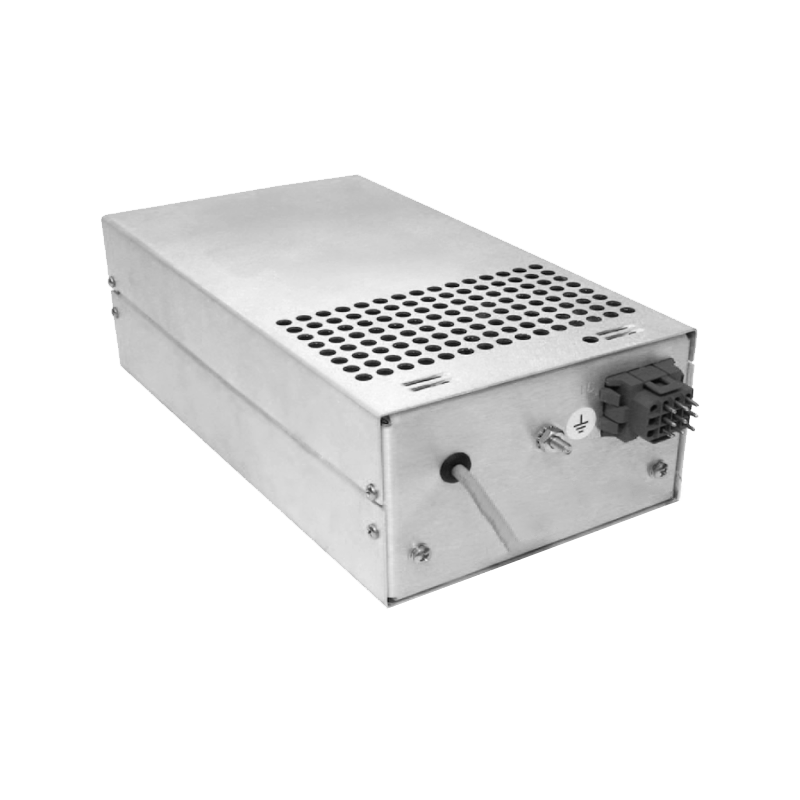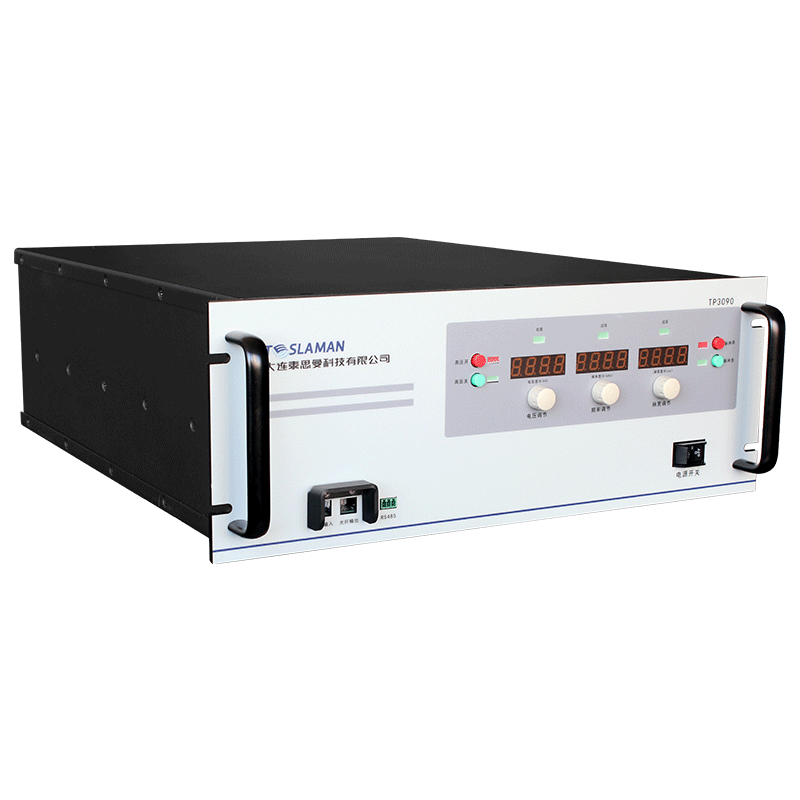Control Technology of High-Voltage Power Supplies in Industrial Robots
As the core equipment of intelligent manufacturing, the stability and precision of industrial robots rely on efficient power systems. High-voltage power supplies, with their advantages of high power density and energy conversion efficiency, have become crucial energy sources for driving key components such as joint servo motors and end-effectors. The control technology of high-voltage power supplies not only determines the dynamic performance of robot movements but also directly affects their reliability and safety.
1. Core Application Scenarios of High-Voltage Power Supplies in Industrial Robots
(1) Servo Motor Drive Control
The joint movements of industrial robots are precisely driven by servo motors, and high-voltage power supplies provide stable DC bus voltages (typically 400V 800V) for servo drives. Through Pulse Width Modulation (PWM) technology, the power supply converts direct current into three-phase alternating current, enabling precise control of the motor's speed, torque, and position. In automotive welding robots, the high-voltage power supply needs to quickly respond to the dynamic requirements of the servo system, allowing the motor to start, stop, accelerate, and decelerate within milliseconds, ensuring that the precision error of the welding trajectory is controlled within ±0.1mm.
(2) High-Voltage Applications of End-Effectors
Some end-effectors of industrial robots (such as laser cutting heads and electrostatic chucks) require high-voltage power supplies to support special functions. The laser generator of a laser cutting robot needs tens of thousands of volts to excite the laser medium, and at this time, the power supply ripple must be controlled below 0.1% to ensure the stability of laser output. Electrostatic chucks, on the other hand, rely on kilovolt-level DC high voltage to generate adsorption force. The power supply needs to have fast charging and discharging capabilities, completing the gripping and releasing of workpieces within seconds to improve the production cycle.
(3) Energy Recovery and System Optimization
During the frequent start-stop operations of industrial robots, high-voltage power supplies can achieve energy recovery through bidirectional DC-DC converters. When the robot decelerates or descends, the motor operates as a generator, converting mechanical energy into electrical energy and feeding it back to the power supply system. Efficient energy recovery control technology can increase system energy efficiency by 15% 30%, while reducing heat dissipation pressure and extending the service life of equipment.
2. Key Requirements for High-Voltage Power Supply Control Technology
(1) Dynamic Response and Stability
Industrial robots need to quickly switch motion modes during complex operations, requiring high-voltage power supplies to have a dynamic response speed in the nanosecond range. A closed-loop control system constructed with Digital Signal Processors (DSPs) and Field-Programmable Gate Arrays (FPGAs) can adjust the power supply output in real-time, ensuring that the voltage fluctuation range is less than ±1% and preventing motor step loss or system oscillation caused by voltage mutations.
(2) Electromagnetic Compatibility (EMC) Design
Electromagnetic interference generated during the operation of high-voltage power supplies may affect the sensors and communication modules of robots. To ensure system reliability, common-mode inductors and filter capacitors need to be installed at the power supply input to suppress high-frequency noise. Additionally, optimizing the layout of power circuits can reduce electromagnetic radiation intensity, enabling the equipment to meet international EMC standards such as EN 61000.
(3) Safety Protection Mechanisms
Considering the complexity of the operating environment of industrial robots, high-voltage power supplies need to integrate multiple protection functions such as overvoltage, overcurrent, undervoltage, and short-circuit protection. When an abnormality is detected, the protection circuit must cut off the power supply output within 1ms and locate the problem through a fault diagnosis system to prevent equipment damage and safety accidents.
3. Technical Challenges and Development Trends
With the development of industrial robots towards high speed, high precision, and intelligence, the control technology of high-voltage power supplies faces new challenges. On one hand, it is necessary to further increase the power density of power supplies to achieve higher output power within a limited space. On the other hand, the synergy between power supplies and robot control systems needs to be enhanced. Through advanced algorithms such as Model Predictive Control (MPC), energy distribution and motion planning can be optimized. In the future, artificial intelligence-based adaptive control technology will become a research hotspot, enabling high-voltage power supplies to automatically adjust parameters according to the load and working conditions of robots, achieving full-life-cycle energy efficiency optimization and fault warning.




















